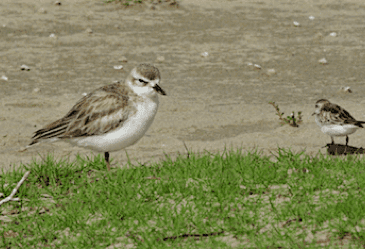 | ||
26 ramsar sites in india detailed summary for upsc part 1
A Ramsar Site is a wetland site designated of international importance under the Ramsar Convention.
Contents
- 26 ramsar sites in india detailed summary for upsc part 1
- Ramsar sites of international importance
- Site listings
- Classification
- Marinecoastal wetlands
- Inland wetlands
- Human made wetlands
- References
The Convention on Wetlands, known as the Ramsar Convention, is an intergovernmental environmental treaty established in 1971 by UNESCO, and coming into force in 1975. It provides for national action and international cooperation regarding the conservation of wetlands, and wise sustainable use of their resources.

Ramsar identifies wetlands of international importance, especially those providing waterfowl habitat.
In 2016 there are 2,231 Ramsar Sites, protecting 214,936,005 hectares (531,118,440 acres). 169 national governments are currently participating.
Ramsar sites of international importance
Site listings
The Ramsar sites are recorded on the List of Ramsar wetlands of international importance,
The non-profit organisation Wetlands International provides access to the Ramsar database via the Ramsar Sites Information Service.
Classification
The Ramsar Classification System for Wetland Type is a wetland classification developed within the Ramsar Convention on Wetlands intended as a means for fast identification of the main types of wetlands for the purposes of the Convention.
Marine/coastal wetlands

Inland wetlands

Human-made wetlands

